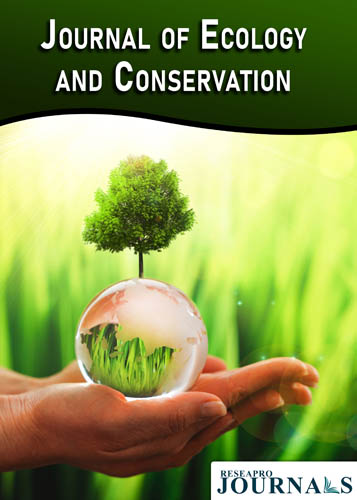
Journal of Ecology and Conservation
OPEN ACCESS

OPEN ACCESS

Department of Biotechnology, KIIT University, Bhubaneswar, Odisha
This review article explores the transformative possibilities of CRISPR-based genetic rescue for endangered species, connecting conservation genetics with advanced genetic editing technologies. The focus of this review includes a thorough analysis of innovative CRISPR techniques that seek to fix harmful mutations, improve genetic diversity, and strengthen population resilience in at-risk species. Significant progress in CRISPR-Cas systems comprising enhancements in editing accuracy, effectiveness, and new gene drive methods for non-model organisms are critically assessed. Through a detailed evaluation of recent case studies, the review illustrates both successful uses and the technical hurdles faced, such as off-target impacts, ecological ambiguities, and ethical issues. Key conclusions indicate that although CRISPR-based solutions present hopeful pathways for reducing extinction threats, their real-world application must align with conventional conservation methods and be overseen by solid regulatory systems. Future outlooks stress the necessity for interdisciplinary cooperation among geneticists, ecologists, and policymakers to develop responsible directives for gene editing in wildlife. Ultimately, this review highlights the capacity of CRISPR as a groundbreaking instrument for genetic rescue and conservation, providing a guide for forthcoming research that could greatly aid in the safeguarding of global biodiversity.
Department of Biotechnology, KIIT University, Bhubaneswar, Odisha